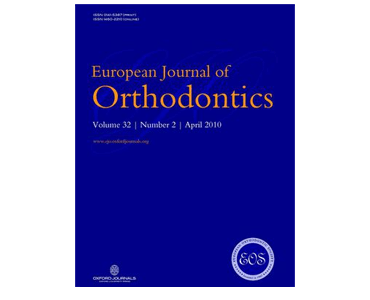Does powdering of the dentition increase the accuracy of fusing 3D stereophotographs and digital dental casts. FA Rangel, YT Chiu, TJJ Maal, EM Bronkhorst, SJ Bergé, AM Kuijpers-Jagtman.
Date: January 2016 (Online) Source: The European Journal of Orthodontics. Objective: The shiny vestibular surfaces of teeth make it difficult to match digital dental casts to 3D stereophotogrammetric images of patient teeth. This study tested whether reducing this shininess by coating the teeth with titanium-oxide powder might improve the accuracy of the matching procedure. Methods:…
Details






